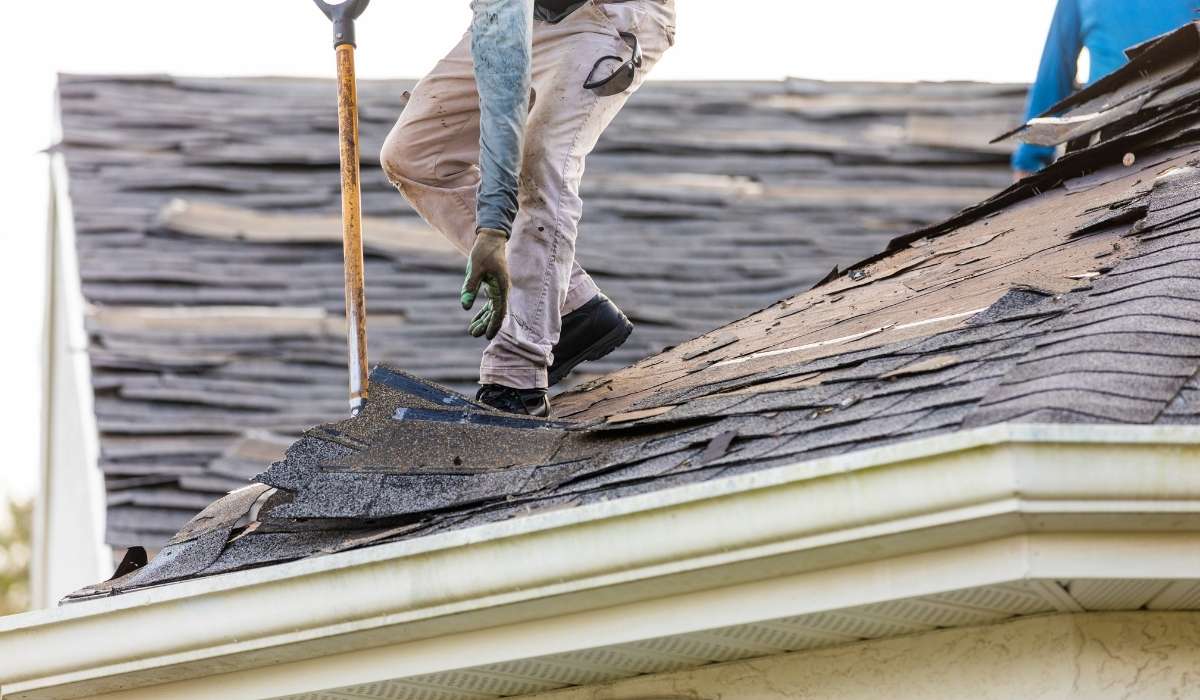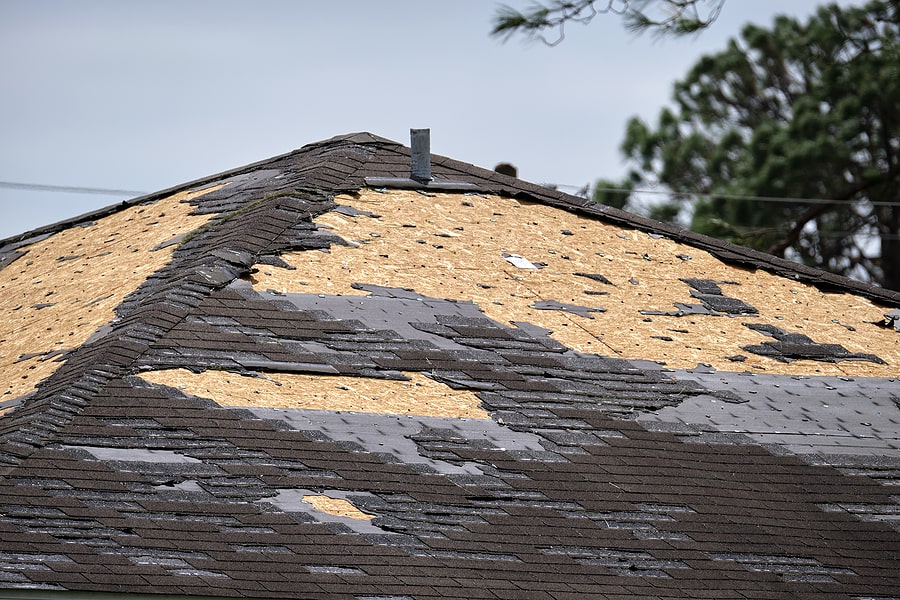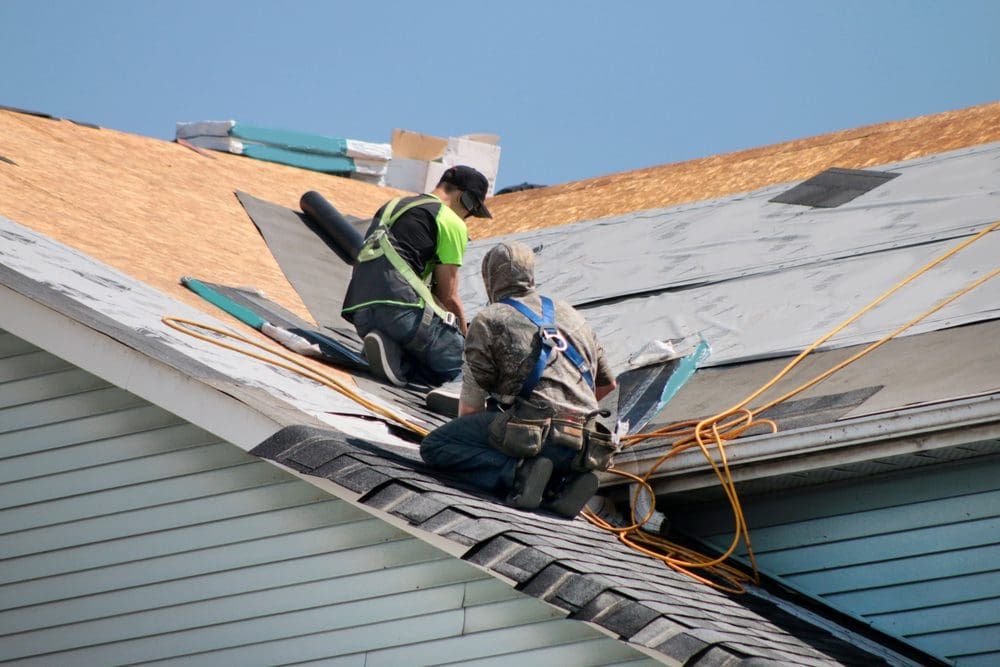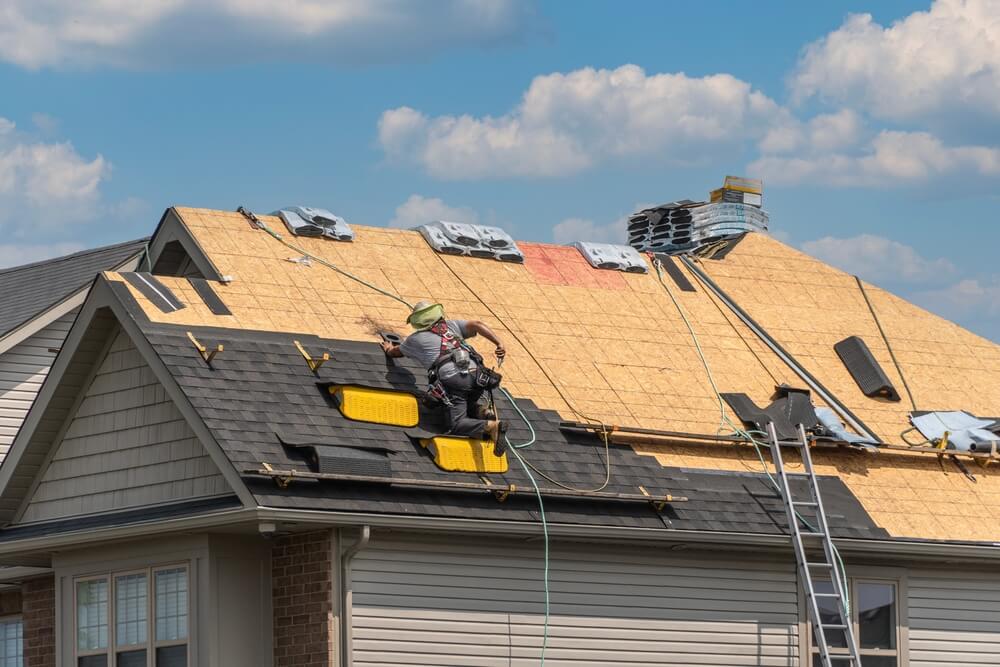Storm Damage Assessment: Professional Evaluation Techniques
Proper damage assessment prevents secondary damage while documenting losses for insurance and professional repair coordination. Chilean storm patterns require specific assessment procedures that account for high winds, heavy rains, and potential flooding. Systematic evaluation ensures nothing is overlooked while prioritizing safety.
Safety assessment comes first, ensuring stable conditions before property evaluation. Look for structural damage, electrical hazards, and unstable conditions requiring professional attention. Only conduct property assessment when safe conditions exist and appropriate safety equipment is available.
Roof assessment identifies missing materials, damaged flashing, compromised sealants, and drainage problems. Document all damage with photographs showing different angles and close-ups of specific problems. Measure damaged areas and note material types for accurate repair estimates.
Foundation and site assessment includes checking for erosion, drainage changes, structural movement, and flooding damage. Document water levels, erosion patterns, and any structural changes that might indicate ongoing problems requiring immediate attention.







